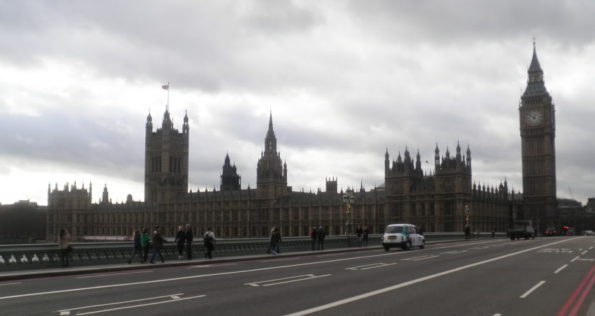Getting women into the House of Commons
 Early election an opportunity for political parties to show commitment to increasing the proportion of women in the House.
Early election an opportunity for political parties to show commitment to increasing the proportion of women in the House.
In January 2017 the Women and Equalities Committee published a report with the title Women in the House of Commons after the 2020 election, which made a number of recommendations to the government and to political parties regarding steps needed to be taken to increase the proportion of women MPs in the House of Commons.
The report pointed out that globally the UK ranks only 48th for representation of women in a lower or single chamber, having fallen from being at 25th place in 1999.
The Committee made several recommendations to the government as to how to improve this situation, but it also said that it is the political parties themselves that have the primary responsibility for ensuring that women come forward as candidates and that women candidates are put in positions from which they can win seats.
The government has not yet made a formal response to the report.
The Committee initially launched this inquiry into the impact on female representation of having fewer Parliamentary constituencies in response to the four Boundary Commissions reviews of Parliamentary constituencies in the UK.
This was in turn because of the 650 seats in the House of Commons, men held 458 (70 per cent) and women 192 (30 per cent).
The inquiry looked at the action being taken to help ensure a more representative gender balance is achieved in the House of Commons.
In particular it focussed on how political parties’ selection processes were responding to the impact of boundary reform.
It also examined proposals emerging from The Good Parliament, a report by Professor Sarah Childs.
It considered three key areas:
1) What should the Government, political parties, the House of Commons and the Independent Parliamentary Standards Authority be doing now to ensure better female representation in the House of Commons in 2020 and beyond?
2) What are the political parties doing to ensure that female representation will increase at the next general election given the impact that the 2018 Boundary Commission Review could have?
3) What further changes are needed to improve retention of women MPs?
The Minister for Women and Equalities, Justine Greening, informed the Committee in March 2017 that, due to the cross-cutting nature of the report, the government’s response would not be ready before the customary two-month deadline.
And now, due to the general election on 8 June 2017, the Committee has closed this inquiry; government responses to committee reports may be published in the next Parliament.
To read the report’s recommendations click here.
To read the full report, click here.
Nonetheless, the Committee’s chair, Maria Miller MP, pointed out that this early election – 2017 rather than the expected 2020 date – was an unmissable opportunity for political parties to show that they are truly committed to increasing the proportion of women in the House of Commons.
“We heard a lot of encouraging promises when we took evidence on this last year from leadership figures in the Conservatives, Labour Party, SNP and the Liberal Democrats,” Miller said, “but we expressed concern that warm words had not yet resulted in concrete strategies to deliver more women candidates, particularly in winnable seats.
“Candidate selection is happening now, and gender equality in Parliament can’t be put on the back burner for another five years.
“It’s time for the leadership of each of the parties to show that actions speak louder than words.”















